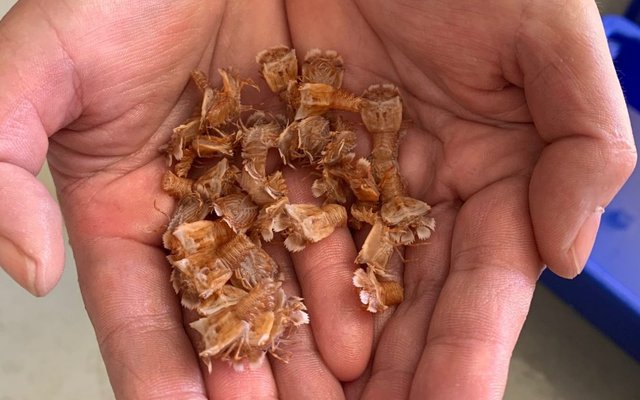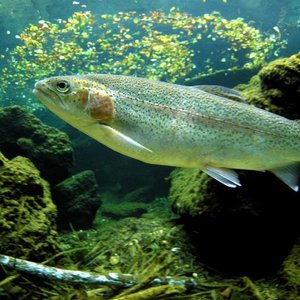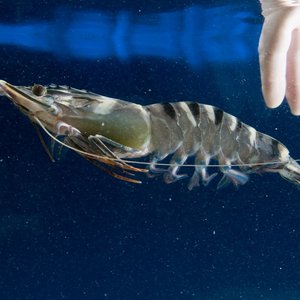Ornatas is about to kick off the first phase of growing tropical rock lobster in the Toomulla hatchery in Australia. The company is awaiting the arrival of wild-caught tropical rock lobster broodstock that will mark the beginning of the world's first undertaking to grow this species in a commercial-scale hatchery.
The company obtained its first collection permit for tropical rock lobster from the Great Barrier Reef Marine Park Authority (GBRMBA) which will enable the company to locally collect the first broodstock ready for an upcoming larval run.
“Collecting lobsters that are in the right condition and sexually mature can be challenging, they are sometimes hard to find or weather conditions for collection are not optimal. It is pivotal that the broodstock collected are in good health and sexually mature in order to ensure consistent egg production and supply to our hatchery for years to come,” the company said.
Over the coming weeks, Ornatas will be looking for mature animals, both male and female, that are over 1.2 kg in size. Under ideal circumstances, the females will already be carrying eggs, which should be common in the wild during this time of the year. Successful collection of already berried females will mean the hatchery could be stocked within the month, as the female lobsters hold their eggs for up to 28 days before they hatch into an instar larvae at just 1.5 mm in length. Establishing when the larvae will hatch is easily determined once the larvae in the eggs develop eyes. By visually inspecting the eyes average width and lengths, the Ornatas hatchery team can then determine how many days until the larvae hatch at the current water temperature.
“Our team of seven hatchery technicians led by hatchery manager Anna Overweter and technical manager Nathan Cleasby will be working around the clock to support the egg development and hatching process. The Ornatas team will closely monitor water quality and health of the broodstock to make sure the larvae produced will have every chance of success, and follow in the successful footsteps of the Morton Bay Bugs at the Ornatas Hatchery,” the company concluded.
Read more about Ornatas project in Hatchery Feed & Management magazine.













